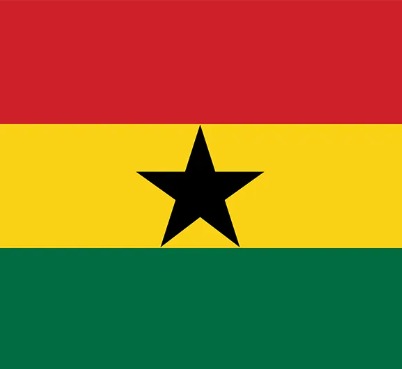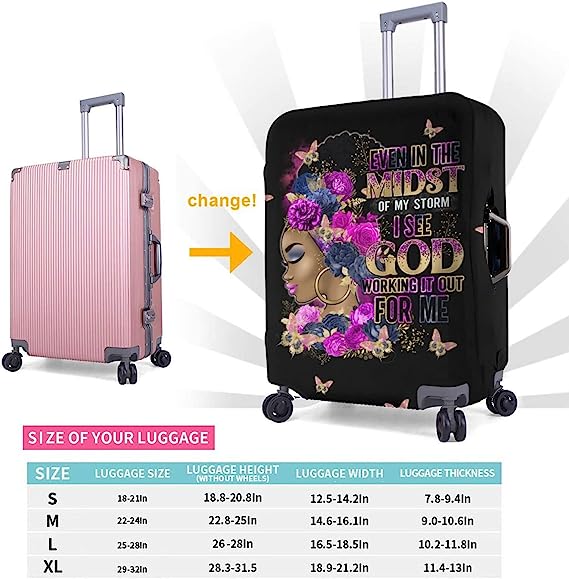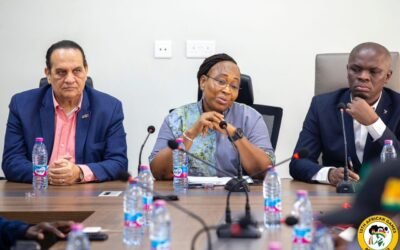Incentive is one of the acronyms of MICE. An incentive is something that motivates or drives one to do something or behave in a certain way.
So What is Incentive Travel In The MICE Industry?
The Society of Incentive Travel Executives (SITE), defines incentive travel as a global management tool that uses an exceptional travel experience to motivate and/or recognize participants for increased levels of performance in support of organizational goals (Swarbrooke & Horner, 2001).
Incentive travel, for example, may consist entirely of leisure, sport, and entertainment. But, even for conference delegates, visitors to trade fairs and individual business travelers, excursions to local restaurants and places of entertainment, or sightseeing tours, can be a way of relaxing at the end of the working day. Socializing in this way can be an important part of the business tourism experience for groups, as it gives delegates or colleagues the opportunity to unwind together and get to know each other on a less formal basis.
Most incentive travels are won by individuals (or teams) who have sold, within a given period, the most units of whatever it is their companies make, whether these are tractors, insurance policies, pharmaceutical products, or any other type of manufactured goods or services. For this reason, most of those who travel on incentive trips are members of their company’s sales forces. Incentive travel is more effective than money at encouraging non-winners to try harder to win the next competition run by their company.
The incentive travel winner’s absence from work and their subsequent return, full of stories of what they have seen and done on their travels make this a highly visible prize, as opposed to money, which is far less likely to be discussed with colleagues. Non-winners can be motivated to work harder to win next time when they hear their colleagues recount their incentive travels full of new experiences (Holloway, Humphreys & Davidson, 2009).
The Meetings Market Report 2005, carried out by Meetings & Conventions magazine in the USA, indicated that the corporate sector spent c.US$32 billion on over one million meetings attended by almost 80 million participants. 28 percent of the respondents to the survey said they organized incentives, an increase of almost 8 percent over figures from 2003. Incentive travel programs increasingly have an educational element for the participants. This can involve visits to factories and businesses in the same industry sector as that of the award winners, team-building programs and a conference-type session with an award presentation ceremony and announcements of corporate plans, designed to encourage the incentive winners to reach future performance targets. Other trends in incentive travel programs noted by Carolyn Dow, Director SITE European office, in a presentation to the UK Business Tourism Partnership Research Group (June 2001) were:
- smaller groups;
- shorter lead times;
- shorter qualification periods;
- active not passive programs, e.g. award winners engaging in outdoor pursuits activities rather than lounging by the hotel pool;
- many incentives now include a meeting this is a way of delegates to avoid the need to be taxed on the benefit of the incentive trip. However, it also makes good business sense to build a more formal work-related element into the incentive program (Rogers, 2008).









0 Comments